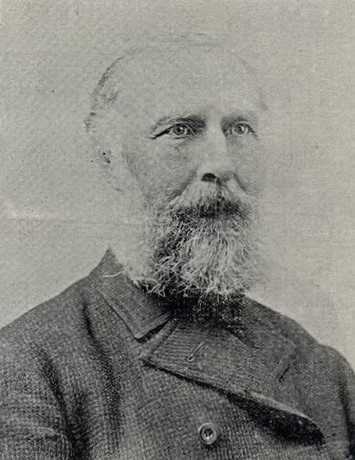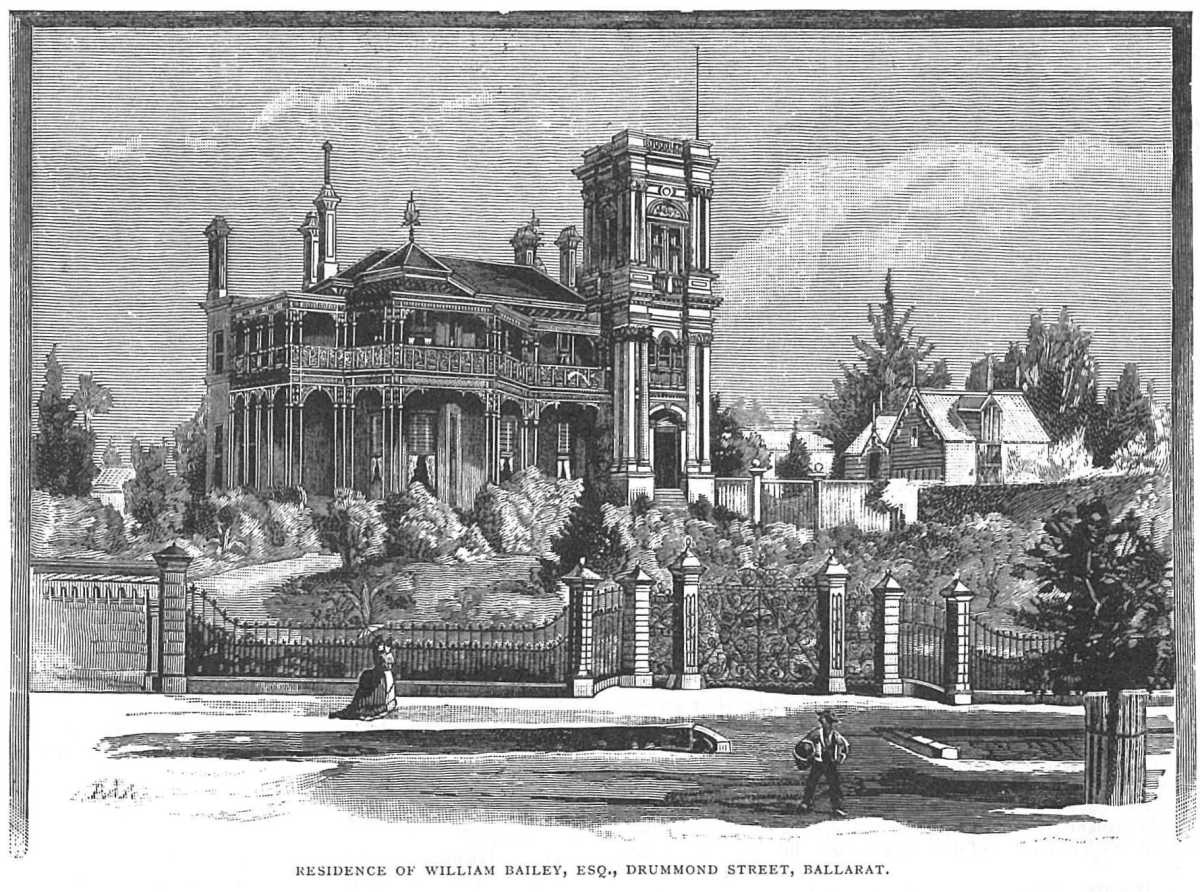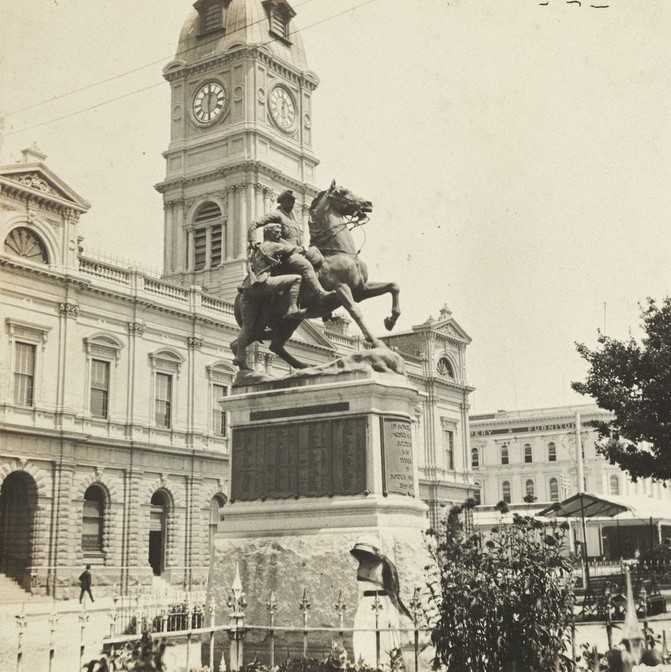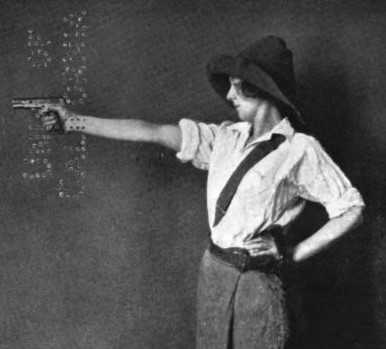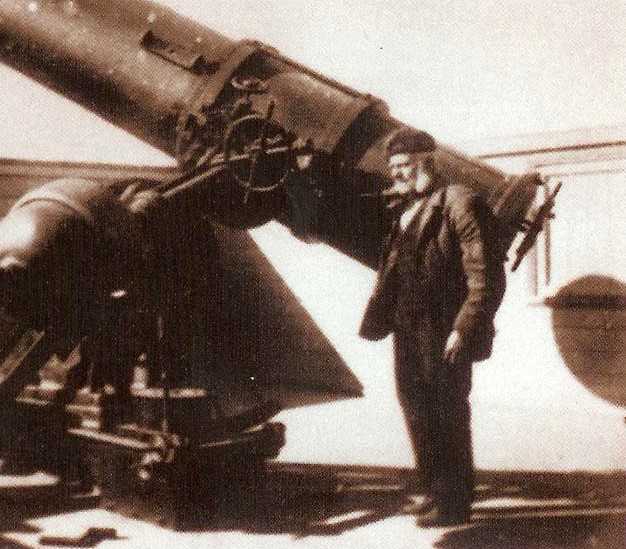This post was inspired by a recent enquiry to the Ballarat Research Hub at Eureka by a visitor to Ballarat who enquired about the “large house next to the hospital". This led me to wonder how many people driving past St John of God Hospital, have noticed a large mansion on the hospital grounds, situated on the corner of Mair and Drummond Street North. Many must wonder about the story surrounding the house and the person who built it.
This post will look at William Bailey, the man who built the mansion and his fascinating story. During his lifetime he was considered one of the richest men in the Ballarat district due to his mining investing and station ownership.
William Bailey was born in Wellington, Somersetshire, England in 1827. The lure of a better life led him to come to Australia, landing in Melbourne in 1848, aged just 21. He worked for a brief period at Campbell and Creswick’s Melbourne Spirit and Wine Merchants. Following this he gained eight months' employment at Amphitheatre Station at Lexton. He then took up a position as station manager at Mt Cook Station at Werribee in 1851. (1)
Bailey soon caught gold fever and tried his hand at gold mining at Fryars Creek. But this initial attempt at mining proved unsuccessful. As a result, he travelled to Bendigo and finally Ballarat, where he settled. (2) He married Emily Trebilcock at St. Paul's Church, Bakery Hill in August 1860. They went on to have eight children.
Getting out of mining, he invested what money he had into a partnership with the Wilson Brothers in a general store. This partnership lasted for seven years. (3) After seven years, Bailey returned to mining as manager of the Staffordshire Reef Company in the Smythesdale area for three years. (4) He then accepted a similar position with the Egerton Mining Company, which lasted for twelve years. (5) The Egerton Mine was sold by its owners, the Learmonth Brothers, in 1887. Bailey made his fortune because of this sale. (6)
As Butters notes, “Bailey was a loyal manager and when the Learmonths decided to sell the mine he arranged the sale. As a reward Learmonths paid him five per cent commission on the sale amounting to six hundred and seventy-five pounds.” (7)
The Egerton Mine for many years experienced substantial returns, being regarded as, Fitzgerald notes, "one of the largest and the best in the Ballarat district.” (8) The returns from the mine eventually started to decline, hence the reason the Learmonths decided to sell the mine.
The mine was up for sale for two years until September 1873, when wealthy speculator Martin Loughlin negotiated the purchase of the mine for 13,500 pounds. (9) At the time of the sale, and unknown to the Learmonths, Bailey had become a part owner of the mine prior to the sale with Loughlin and two other investors.
As Butters points out, ”fortunately or unfortunately almost immediately after the mine was sold its returns increased dramatically and the Learmonths sought legal action.” (10)
The court case centred around two things, the discovery of an extraordinarily rich gold reef just after the sale of the mine, which provided the new owners with wealthy returns, and secondly, that Bailey was a part owner at the time of the sale. The Learmonths believed that they had been swindled by Bailey in a conspiracy with Loughlin to obtain the mine at a low price. (11)
The court case dragged on for several years, when Bailey was finally cleared of unsubstantiated charges against him which included conspiracy and fraud. (12) A substantial proportion of Bailey’s considerable wealth came from his involvement in the Egerton Mine. During the court case Bailey admitted that he had received about 30,000 pounds for his share of the gold that came from the mine up until the day of the suit. This reward continued past this date. He also had other investments which included Terrinallum Station in the Western District, and racehorses which were winners of numerous racing events around Australia. (13).
As a result of his considerable wealth, Bailey commenced building his mansion. As Jacobs et al pointed out, “in 1883 William Bailey, well known mine owner, manager, and capitalist, built his mansion in Drummond Street North. It was an unusually large house by Ballarat standards more in keeping with homes being built in Melbourne.” (14)
The house was designed by the well-known Ballarat architectural firm, Caselli and Figgis. The cost of the house, including fencing, was well over 14,000 pounds which in today’s money would be more than $2.4 million. Bailey named his house “Fernshaw.” Victoria and its Metropolis states, “the design and finish throughout are most elaborate, yet the building was constructed from start to finish by Ballarat skill and labour. It was completed in 1885.” (15)
The house served as the residence for Bailey and his family up until his death in 1906. His wife, Emily, continued to stay in the house until her death in 1913. The house lay vacant for two years until the Catholic Church bought the property for the Sisters of St. John of God for it to be turned into a hospital. To accommodate this purpose, several alterations and additions had to be carried out to both the building and the site. (16)
William died on the 25th April 1906, aged 78. Emily died on 20th January 1913. William and Emily Bailey are buried with their family in a family plot at the Old Ballarat Cemetery. The location of the grave is Area CN Border, Grave 38.
In its entry for William Bailey, Ballarat and Vicinity states, that “the records of Ballarat’s history bear upon its pages few names more prominent than William Bailey. A man who spent in and for the interests of the city and by devoting of his energies and business ability for its welfare had done as much as any other individual in aiding the accomplishment of the grand success which Ballarat has attained.” (17)
Here is a link to some sketch drawings of the Egerton Mine that appeared in the Illustrated Australian News, 1 December 1892, p. 5
https://trove.nla.gov.au/newspaper/article/60443332
Here is a link to an article from the Ballarat Star, 26 April 1906, p.6, announcing William Bailey’s death.
https://trove.nla.gov.au/newspaper/article/209233797?searchTerm=%22william%20bailey%22
Here is a link to an excellent and detailed article on the Egerton Mine case by Peter Gardner.
http://petergardner.info/wp-content/uploads/2012/11/Egerton-Ring.pdf
Simon Jacks
Australiana Research Librarian
Ballarat Research Hub at Eureka
Sources:
(1). Janelle Cahill. Bailey’s Mansion. School of Architecture and Building, Deakin University. 1996. p. 18
(2). Peter Butters. Weeping Bailey and his mansion, in Mansfield, Peter and Butters, Peter. Ballarat Times. Ballarat Vic. Ballarat Historical Society. 1996. P.12
(3). Cahill, p.18
(4). Cahill, p. 18
(5). Butters, p. 12
(6). Cahill, p.20
(7). Butters, p. 12
(8) F.J. Fitzgerald. The story of William Bailey and the Egerton Mine. Self-published 1966. p.8
(9). Fitzgerald, p. 8
(10). Butters, p. 13
(11) Fitzgerald, p. 11
(12) Cahill. p. 20
(13). Cahill, p. 20
(14). Wendy Jacobs, Nigel Lewis, Elizabeth Vines, Richard Aitken. Ballarat: a guide to buildings and areas 1851-1940. South Yarra Vic. 1981. p.68
(15). Victoria and its Metropolis. Volume IIA Country Districts. Melbourne Vic. McCarron, Bird and Co. 1888. (facsimile edition published by Today’s Heritage, Melbourne, 1988) p. 195
(16). Cahill, p. 31
(17). Ballarat and Vicinity, Ballarat Vic. F.W. Niven and Co. p.299
